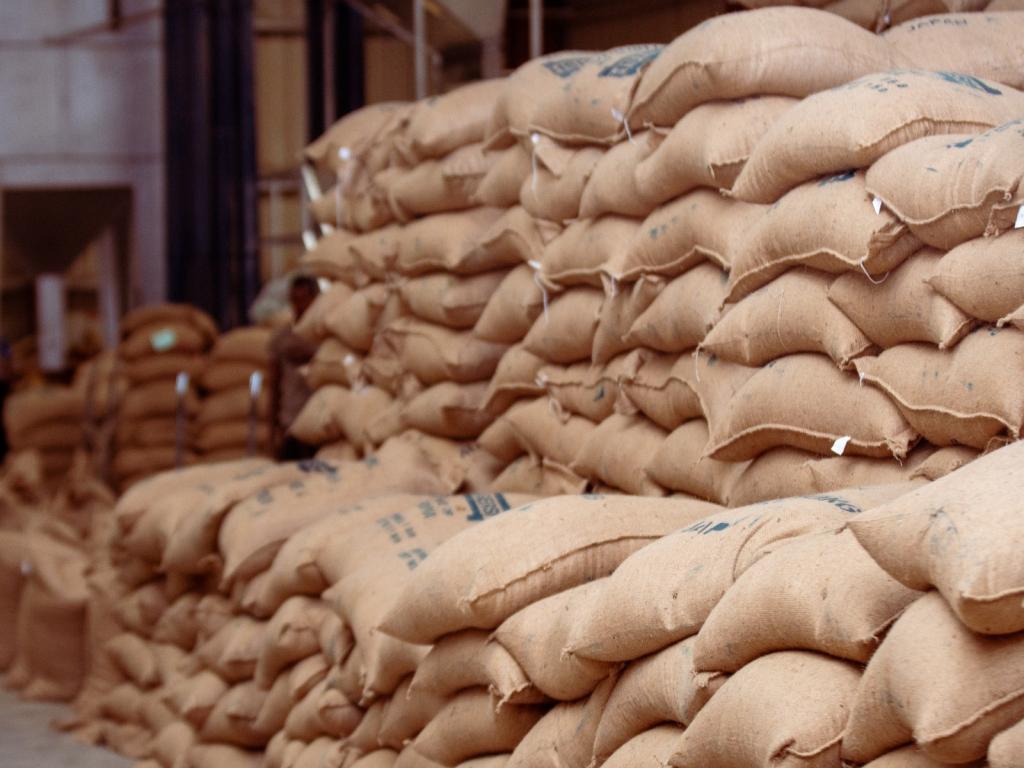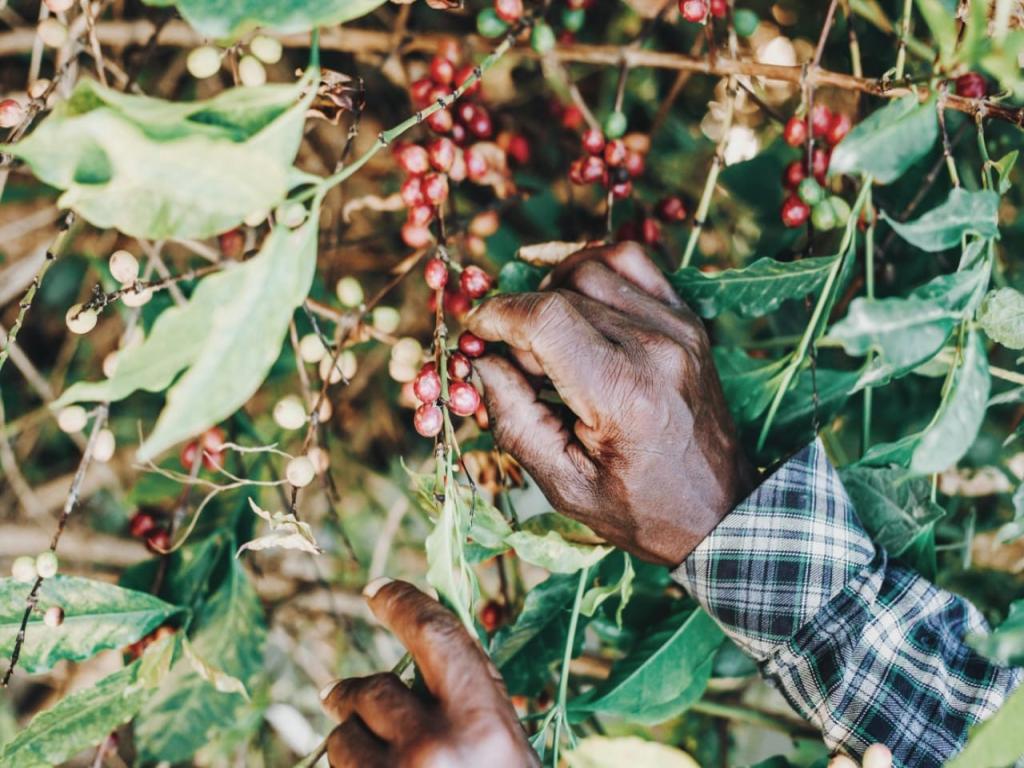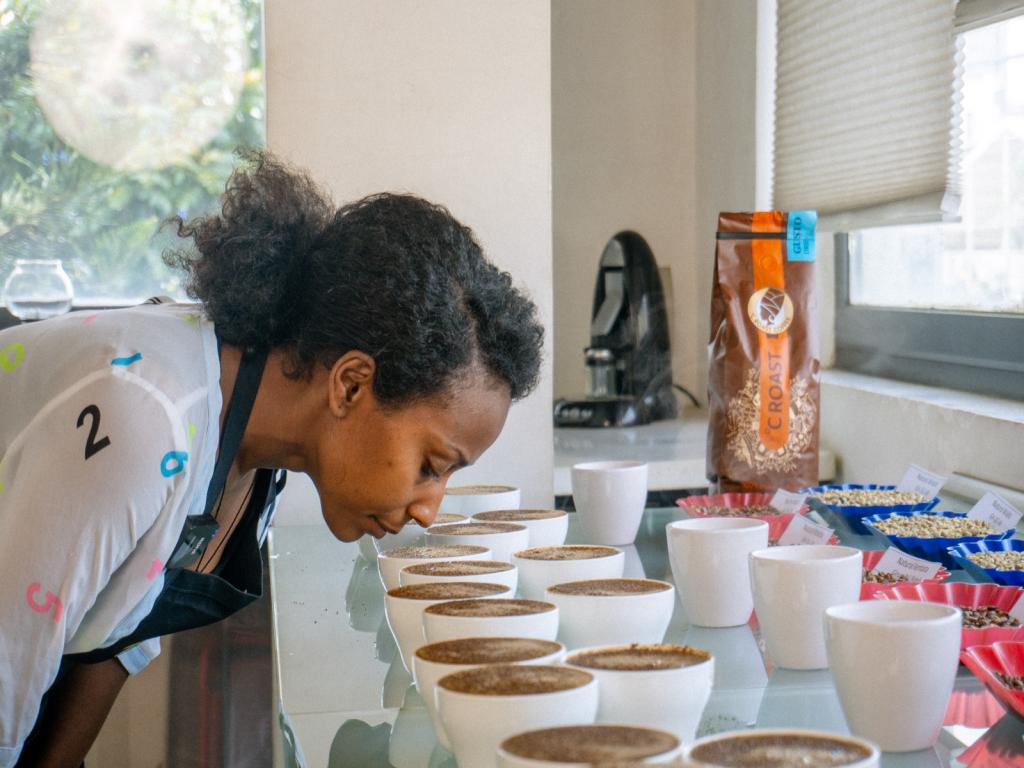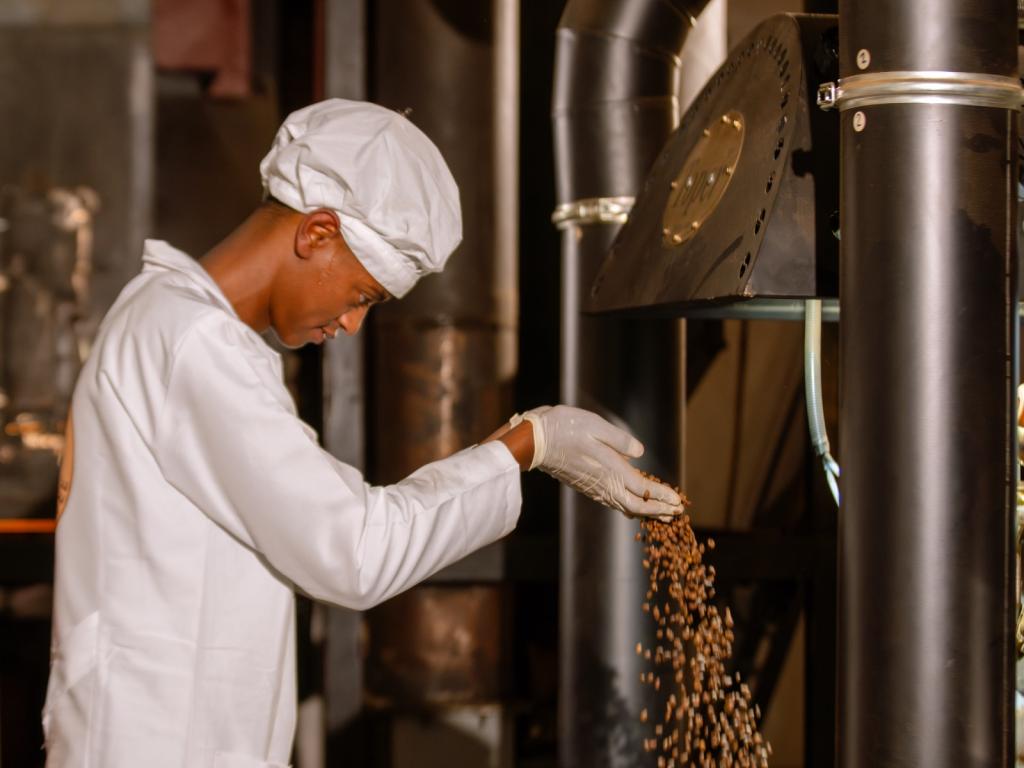Coffee is a delicate commodity, requiring careful attention from the time it’s harvested to the moment it’s brewed. While each step in coffee production—planting, harvesting, processing, and roasting—plays a role in shaping the coffee's flavor, storage is one of the most crucial yet often overlooked factors. Coffee beans are sensitive to environmental changes, and without proper storage, they can quickly lose the aromas and flavors that make a cup of coffee memorable. For producers, ensuring that beans are stored well isn’t just about maintaining quality; it’s about preserving the hard work and investment poured into each bean.
Coffee beans, especially in their green, unroasted form, have unique storage needs. They are naturally porous, which means they absorb moisture, odors, and even the flavors around them. This can be advantageous, allowing beans to absorb the aromas of a specific environment if done intentionally. However, without controlled conditions, the same sensitivity can lead to contamination or spoilage, with beans developing unwanted flavors. For this reason, humidity control is a top priority in coffee storage. Ideally, coffee should be kept at a relative humidity of 50-60% to prevent it from absorbing too much moisture, which can lead to mold, or drying out, which can alter its chemical composition and flavor.
Temperature, too, plays a critical role. Beans should be stored at cool, stable temperatures—typically between 15-20°C (59-68°F)—to prevent accelerated aging. Exposure to heat can cause beans to oxidize faster, stripping them of their complex flavors and making them taste stale. Temperature fluctuations are particularly detrimental, as they can cause beans to sweat, leading to condensation that promotes mold and spoilage. Thus, climate-controlled storage environments, especially in larger production facilities, are an ideal solution to preserve the beans’ natural integrity.
Another challenge in coffee storage is limiting exposure to light and oxygen, which can cause beans to degrade. Green beans, in particular, should be stored in dark, opaque containers to prevent light-induced oxidation. Limiting oxygen is equally essential for both green and roasted beans, as exposure to air accelerates the staling process. Hermetic storage solutions, such as GrainPro bags, are popular among coffee producers for this reason. These bags create an airtight seal around the beans, blocking oxygen and helping to maintain freshness even over long storage periods.
In larger-scale production, climate-controlled warehouses offer an optimal solution, providing producers with an environment where they can regulate temperature and humidity, regardless of external weather conditions. For smaller operations, using airtight bins or vacuum-sealed packaging is a viable alternative. These containers help limit oxygen exposure and maintain stable humidity levels, making them ideal for producers who need to store smaller batches without investing in an entire facility.
Apart from these technical considerations, best practices such as labeling batches with roasting dates, origins, and other details help producers manage their inventory effectively. This ensures that beans are rotated properly, allowing producers to prioritize beans closest to their peak freshness. Clean storage areas are also essential, as coffee beans are highly absorbent and can easily take on the smells and flavors of nearby items. Storing coffee away from strong-smelling materials—like spices or cleaning agents—prevents cross-contamination, ensuring that beans retain their intended flavors.
Ultimately, proper coffee storage is more than just a matter of preserving flavor; it’s a testament to the care and dedication producers bring to their craft. Every step in the coffee journey, from planting to processing, contributes to the final product. When coffee is stored with precision and care, it reflects the producer’s commitment to quality, delivering a better experience for the consumer. For those who love coffee, it’s reassuring to know that every effort has been made to protect the bean’s flavor and character until it reaches the cup. Thus, optimizing storage conditions is not only a practical measure—it’s an essential part of the artistry behind exceptional coffee.





